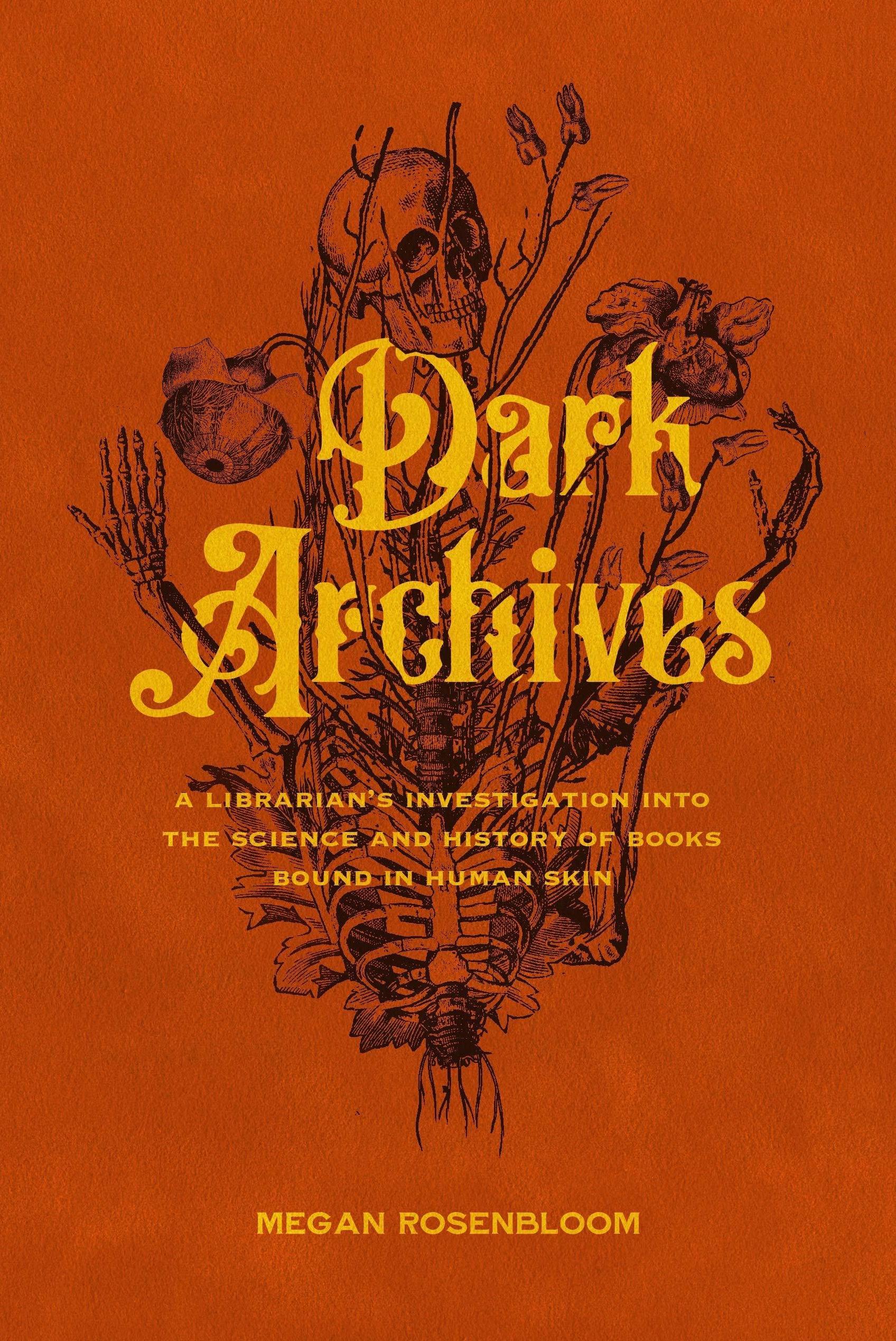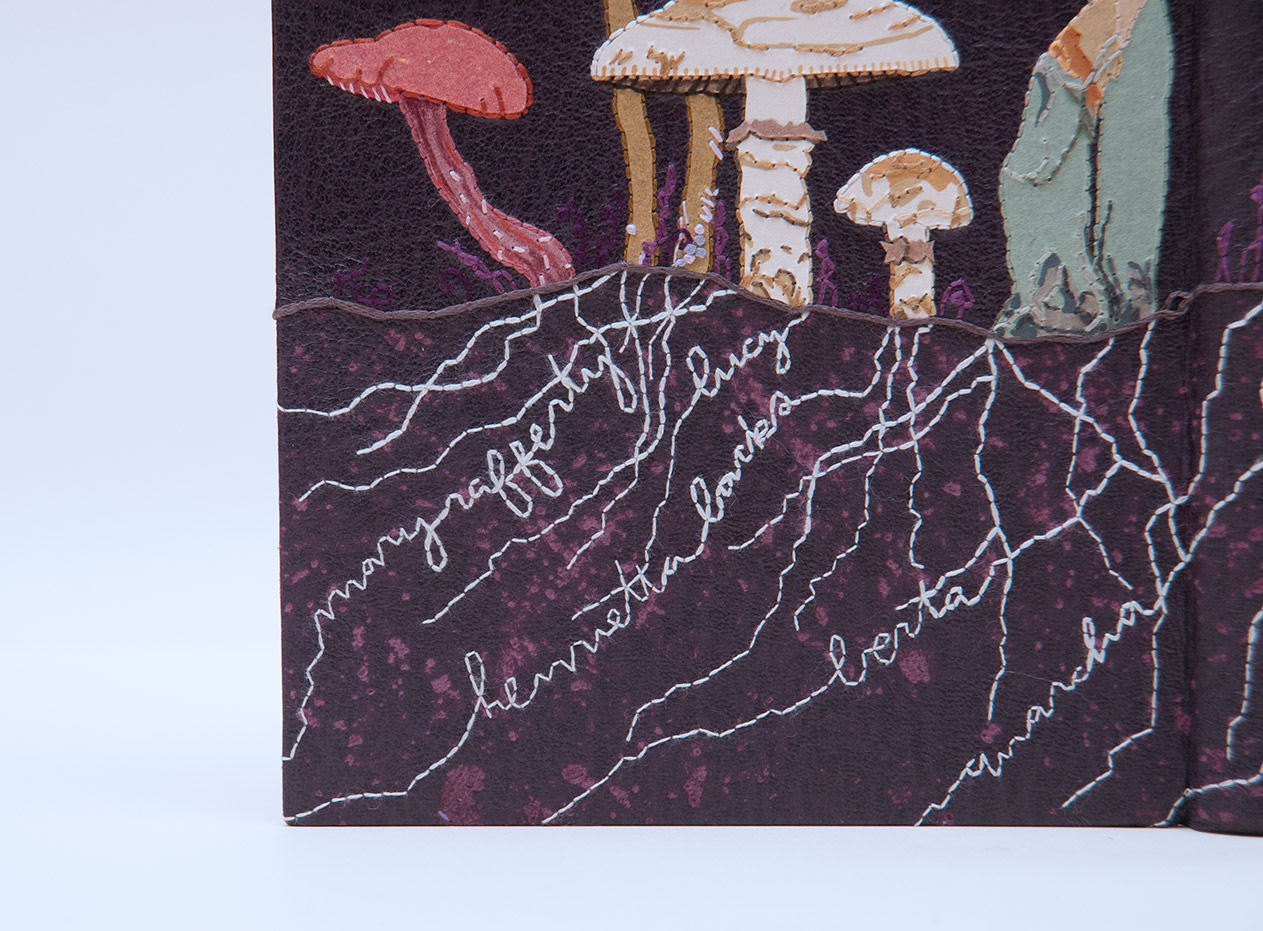

If I had to pick only one word to describe this book, that word would be "defensive."Įach of the disjointed, overly precious chapters get about 80% of the way toward making a point when Rosebloom halts in her tracks to say, basically, "but regardless of all that, I think human skin books are neat!" She makes some vague gestures toward acknowledging the power imbalances that result in people binding their books in the skin of other people before refusing to call the process racist or sexist or violent. In Dark Archives-captivating and macabre in all the right ways-she has crafted a narrative that is equal parts detective work, academic intrigue, history, and medical curiosity: a book as rare and thrilling as its subject. Along the way, Rosenbloom tells the story of how her team of scientists, curators, and librarians test rumored anthropodermic books, untangling the myths around their creation and reckoning with the ethics of their custodianship.Ī librarian and journalist, Rosenbloom is a member of The Order of the Good Death and a cofounder of their Death Salon, a community that encourages conversations, scholarship, and art about mortality and mourning. Dark Archives exhumes their origins and brings to life the doctors, murderers, innocents, and indigents whose lives are sewn together in this disquieting collection. Dozens of such books live on in the world's most famous libraries and museums. In Dark Archives, Megan Rosenbloom seeks out the historic and scientific truths behind anthropodermic bibliopegy-the practice of binding books in this most intimate covering.

Would you know one if you held it in your hand?


On bookshelves around the world, surrounded by ordinary books bound in paper and leather, rest other volumes of a distinctly strange and grisly sort: those bound in human skin.


 0 kommentar(er)
0 kommentar(er)
